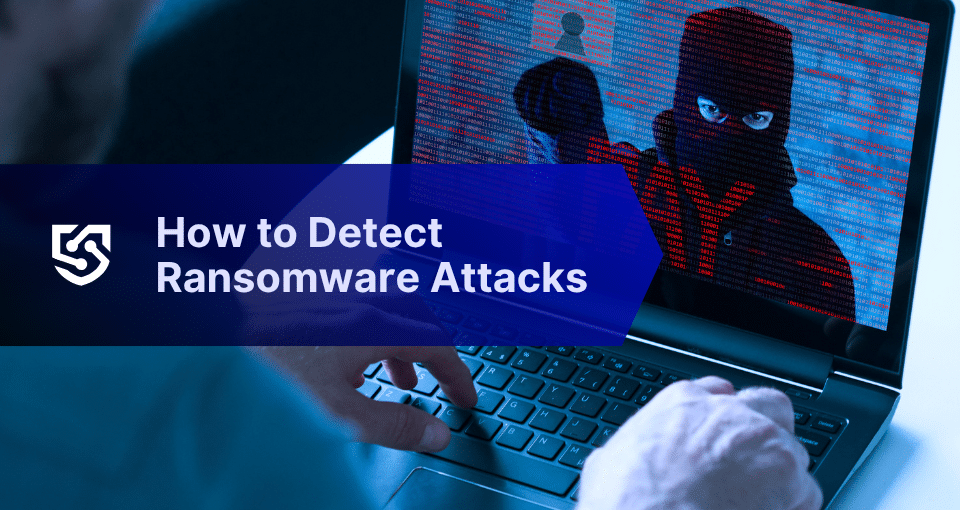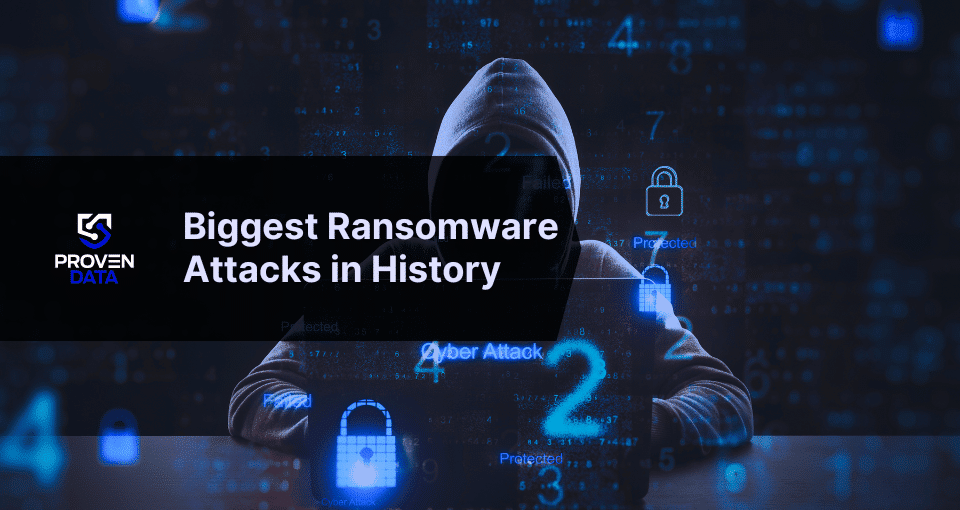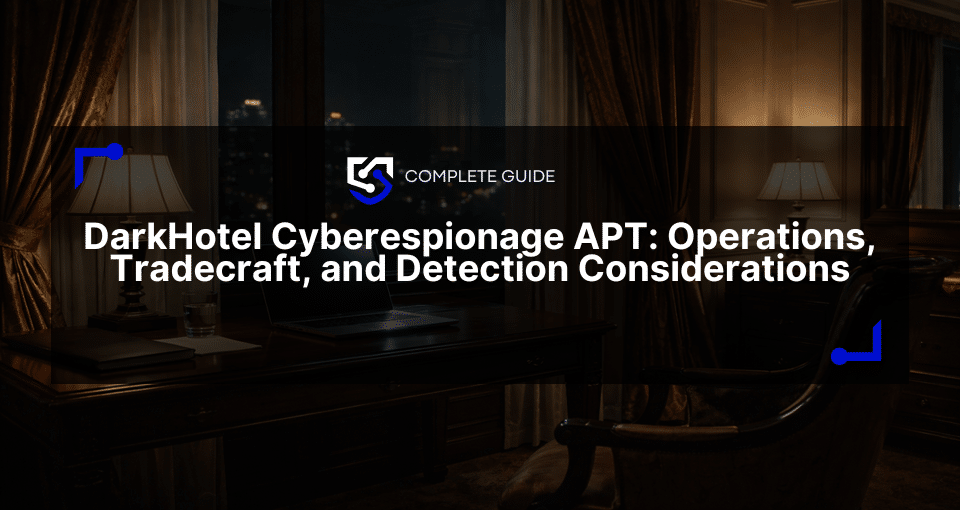Ransomware detection is not just about identifying malware: it’s a race against time. Modern ransomware attacks are multi-stage intrusions designed to dismantle defenses and steal data long before the first file is encrypted.
Understanding how to detect a ransomware attack in its earliest stages is the difference between a contained incident and a catastrophic breach.
What is ransomware?
Ransomware is a type of malware that denies access to a victim’s files or systems until a ransom is paid. However, the threat has evolved far beyond simple encryption. Modern ransomware often involves double or triple extortion tactics.
Attackers first exfiltrate sensitive data before encrypting the environment. They then threaten to leak the stolen data publicly if the ransom isn’t paid, adding immense pressure on the victim.
This evolution makes early detection more critical than ever, as the damage begins well before the final payload is deployed. Ransomware is one of the most impactful types of cyberattacks facing organizations today.
How ransomware detection works
Sophisticated threat actors follow a predictable playbook inside a compromised network, creating a trail of evidence that a prepared security team can identify. Knowing the stages of an attack helps you know what to look for.
The typical stages of a modern ransomware attack include:
1. Initial compromise
Attackers gain a foothold through methods like phishing, exploiting unpatched vulnerabilities, or using compromised credentials.
2. Defense evasion
Once inside, the attacker’s first move is to blind the organization’s security tools. They will attempt to disable or remove antivirus software, endpoint detection and response (EDR) agents, and other security processes that could stop their advance.
3. Inhibiting recovery
Attackers know that backups are their greatest enemy. A critical precursor to encryption is the systematic deletion of recovery points. They specifically target and wipe Volume Shadow Copies (VSS) on Windows systems to prevent easy system restores.
Pro tip: The deletion of shadow copies is one of the highest-confidence indicators of an active ransomware intrusion.
4. Data exfiltration
The attacker will identify and exfiltrate valuable data to an external server in a double-extortion scheme. This activity often creates anomalous network traffic patterns that can be detected.
5. Impact
Only after defenses are down, backups are gone, and data is stolen does the attacker deploy the ransomware to encrypt files across the network. The appearance of a ransom note is the final, and most obvious, sign of an attack that has already succeeded.
Effective ransomware detection focuses on identifying the malicious activity in stages 2, 3, and 4, not waiting for stage 5.
How to detect ransomware attacks
A robust detection strategy relies on a layered defense that combines several techniques. While you can scan for ransomware, a simple scan is not enough. Professionals rely on a combination of the following ransomware detection methodologies.
1. Signature-based detection
This is the traditional approach used by legacy antivirus software. It works by maintaining a database of known malware signatures (file hashes, malicious IP addresses, or domain names) and scanning files for a match.
- Pros
It is fast and highly effective at blocking known, older ransomware variants.
- Cons
It is almost completely ineffective against new or modified (polymorphic) ransomware. Attackers can change a single byte in their code to create a new signature and bypass this defense entirely.
2. Behavior-based detection
This modern technique forms the core of today’s EDR and Endpoint Protection Platform (EPP) solutions. Instead of looking at what a file is, it monitors what a file does, analyzing the behavior of processes in real-time for malicious actions characteristic of ransomware.
For example, it detects when a process attempts to delete Volume Shadow Copies, rapidly opens, modifies, and encrypts a large number of files, or tries to disable security services or clear system event logs.
- Pros
It is highly effective at detecting zero-day ransomware without a pre-existing signature and can surgically block a single malicious process instead of the whole system.
- Cons
There can be a slight delay as the system analyzes behavior, during which a small number of files might be encrypted before the attack is halted.
3. Network traffic detection
This method analyzes data traffic patterns moving across the network. It establishes a baseline of normal activity and looks for anomalies that could signal an attack, providing visibility beyond a single endpoint.
- Pros
It is particularly effective at identifying the data exfiltration stage of a double-extortion attack, where large volumes of data are transferred to an external server.
- Cons
It can have a high rate of false positives, where legitimate network activity is flagged as malicious. This requires careful tuning to avoid disrupting normal business operations.
Why should you have a ransomware detection plan
Knowing how to detect a ransomware attack is only half the battle. Without a formal plan, detection alerts can cause confusion and delayed responses, giving attackers the time they need to achieve their objectives.
A well-documented incident response plan (IRP) ensures that when a threat is detected, your team can act swiftly and decisively to contain the threat, minimize damage, and begin the recovery process.
The speed of your response is critical. This is where an incident response retainer (IRR) service becomes invaluable.
An IRR retainer provides 24/7 access to a team of cybersecurity experts who are on standby to help you navigate a crisis. With pre-negotiated terms and a team that already understands your environment, you can dramatically shorten your response time, contain the attack faster, and ultimately reduce the financial and operational impact of the breach. Once the immediate threat is neutralized, these experts can guide you on how to recover from a cyber attack and restore your operations safely.



